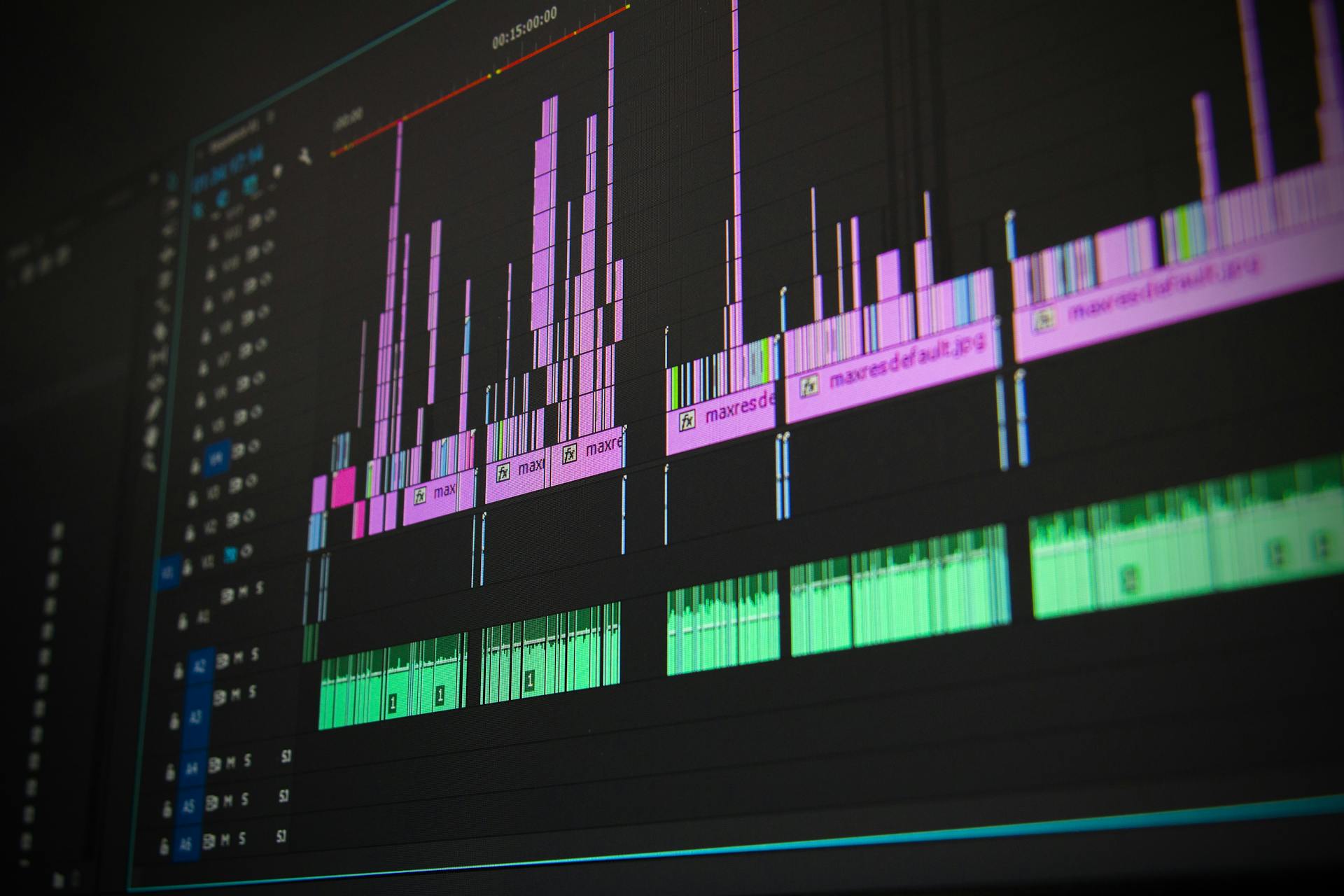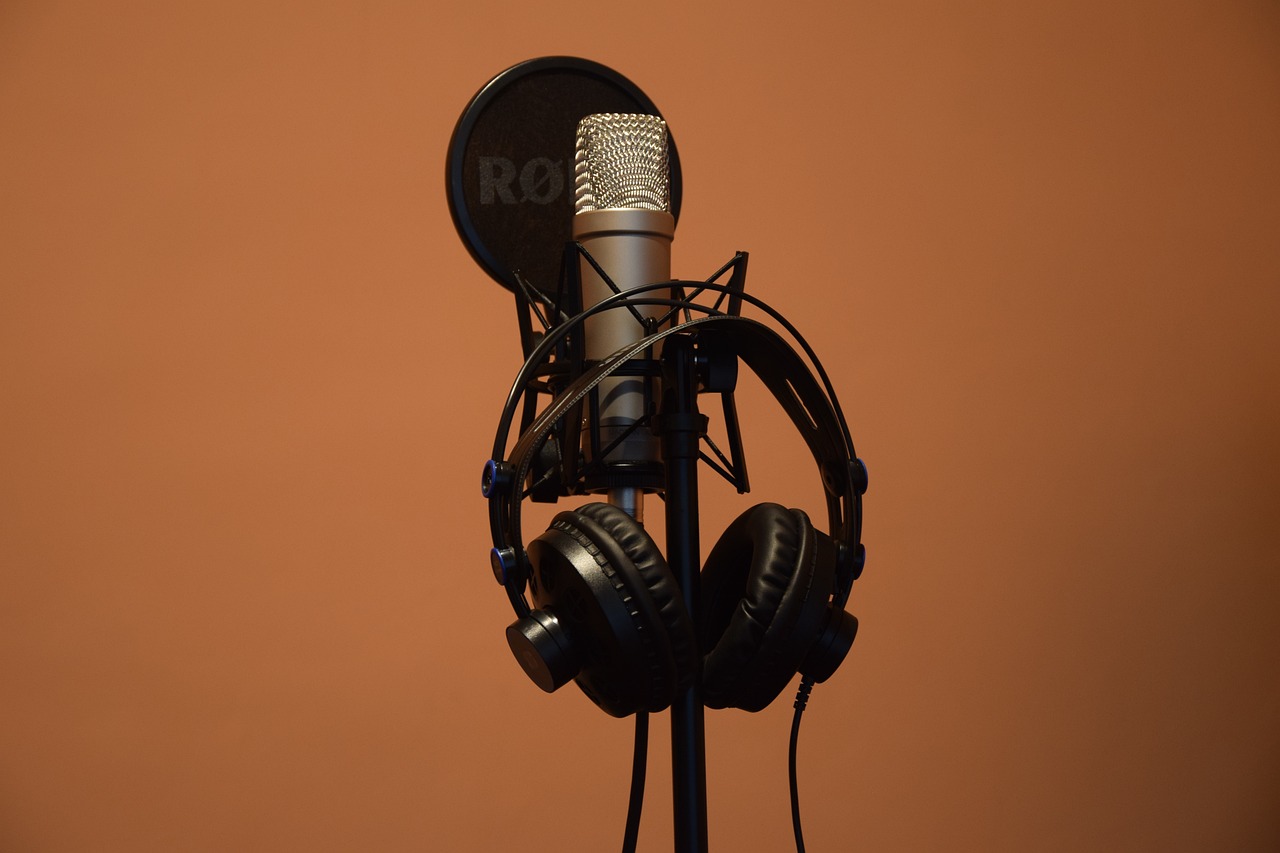Music licensing plays a pivotal role in protecting artists’ rights and ensuring the legal use of musical works. In India, where the music industry is flourishing across diverse platforms, understanding music licensing is crucial for businesses, content creators, and individuals. It forms the basis for protecting intellectual property and guaranteeing that artists are fairly compensated.
What is Music Licensing?
Music licensing is a legal agreement between a copyright owner and a licensee, granting permission to use the music in a specified way. It ensures that artists, composers, and producers are fairly compensated for their creations while offering legal protection to those who utilize the music for commercial or public purposes. By securing the appropriate licenses, businesses and creators can avoid infringement issues and support the growth of the creative industry.
Importance of Music Licensing in India
In a country as diverse as India, music serves as an integral part of cultural, social, and commercial activities. The importance of music licensing includes:
- Legal Compliance: Businesses and individuals using music for public performances, advertisements, or other purposes must adhere to copyright laws to avoid penalties.
- Fair Compensation: Licensing ensures that artists and creators are paid royalties for their work, supporting the creative ecosystem.
- Preventing Copyright Infringement: It protects businesses and creators from potential lawsuits and reputational damage associated with unauthorized music usage.
- Promoting Creativity: Proper licensing incentivizes creators to produce more content, knowing their rights are protected.
Types of Music Licenses in India
India’s music licensing framework comprises various types of licenses tailored to specific uses. Here are the primary categories:
1. Public Performance License
A Public Performance License is required when music is played in public spaces or events. This includes restaurants, bars, clubs, concerts, weddings, and corporate events. Such licenses are essential for ensuring legal compliance in public domains.
- Examples of Usage: Playing background music in a café or live performances at a concert.
2. Synchronization License (Sync License)
A Synchronization License is required to use music in visual media, including films, advertisements, TV shows, and online videos. It allows the licensee to synchronize music with moving images.
- Process: The license is usually secured directly from the copyright owner or through a music licensing agency.
- Examples of Usage: Using a popular song in a movie or a commercial jingle.
Popular Bollywood tracks is now available on Hoopr Smash, a premium music licensing service designed for businesses, brands, and creators.
3. Mechanical License
A Mechanical License allows the reproduction and distribution of music through physical or digital formats. This includes CDs, vinyl records, and online streaming platforms.
- Purpose: It ensures that the copyright holder is compensated for each copy of the music reproduced.
- Examples of Usage: Distributing an album or making music available on Spotify or Apple Music.
4. Broadcast License
A Broadcast License is essential for transmitting music via television, radio, or digital streaming platforms. It is crucial for entities involved in terrestrial and digital broadcasting.
- Types: Terrestrial broadcast (e.g., radio and TV) and digital broadcast (e.g., YouTube and OTT platforms).
- Examples of Usage: Playing songs on a radio channel or background music in a TV program.
5. Master Recording License
A Master Recording License provides the right to use an original sound recording in a project. Unlike other licenses, it focuses on the recording itself rather than the composition.
- Usage Scenarios: Sampling a sound recording in a new song or using an original track in an advertisement.
- Issuing Parties: Usually obtained from record labels or production companies.
6. Theatrical License
Theatrical Licenses are required for live performances, such as musicals and theatrical productions, where music plays a significant role.
- Relevance: This license is particularly significant in India’s thriving live entertainment industry.
- Examples of Usage: Live renditions of Bollywood songs in a theater production.
How to Obtain a Music License in India
Obtaining a music license in India involves identifying the type of license required, contacting the appropriate licensing body, and completing the necessary formalities. Here’s a step-by-step guide:
- Identify Your Needs: Determine the purpose of music usage (e.g., public performance, synchronization, etc.).
- Contact Relevant Authorities: Reach out to licensing organizations depending on your requirements. Visit Hoopr Smash to license popular Indian music for YouTube Shorts and Instagram Reels.
- Submit Documentation: Provide details of your intended use, including the nature of the project and duration.
- Pay the Fees: License fees vary based on the type of usage, scale, and duration.
- Obtain the License: Once approved, you will receive the license, granting you the rights to use the music as specified.
Challenges in Music Licensing in India
While music licensing is critical, several challenges hinder its smooth implementation:
- Lack of Awareness: Many small businesses and individuals are unaware of the need for music licenses.
- Piracy: Unauthorized usage and distribution of music remain significant issues.
- Complexity: The process of obtaining multiple licenses for a single project can be cumbersome.
- Enforcement: Weak enforcement of copyright laws often leads to widespread violations.
Recent Developments and Trends in Indian Music Licensing
India’s music licensing landscape is evolving, influenced by technological advancements and global trends. Some notable developments include:
- Digital Platforms: The rise of streaming services like Spotify, Gaana, and JioSaavn has necessitated new licensing models.
- Amendments in Copyright Laws: Recent updates in Indian copyright laws aim to simplify processes and enhance enforcement.
- Global Influences: Collaboration with international copyright organizations has introduced standardized practices in India.
- Automation: Licensing processes are becoming more streamlined with online applications and digital tracking.
Tips for Ensuring Compliance
To stay compliant with music licensing laws in India, consider the following tips:
- Understand Your Requirements: Assess the type of music usage and obtain the appropriate license.
- Consult Experts: Seek advice from legal or licensing professionals to navigate complex requirements.
- Stay Updated: Keep track of changes in copyright laws and licensing regulations.
- Maintain Records: Document all licenses obtained to ensure transparency and accountability.
- Avoid Shortcuts: Resist the temptation to use music without proper authorization, as it can lead to penalties.
Conclusion
Music licensing is an essential aspect of India’s creative ecosystem, ensuring that artists are fairly compensated and users can legally utilize music for various purposes. From public performances to digital streaming, understanding the different types of licenses and their applications is vital for businesses, creators, and individuals alike. By adhering to licensing norms, we can support the growth of the music industry and foster a culture of respect for intellectual property. Whether you’re a budding entrepreneur, a filmmaker, or a content creator, securing the right licenses is a step toward ethical and sustainable practices in the world of music.


